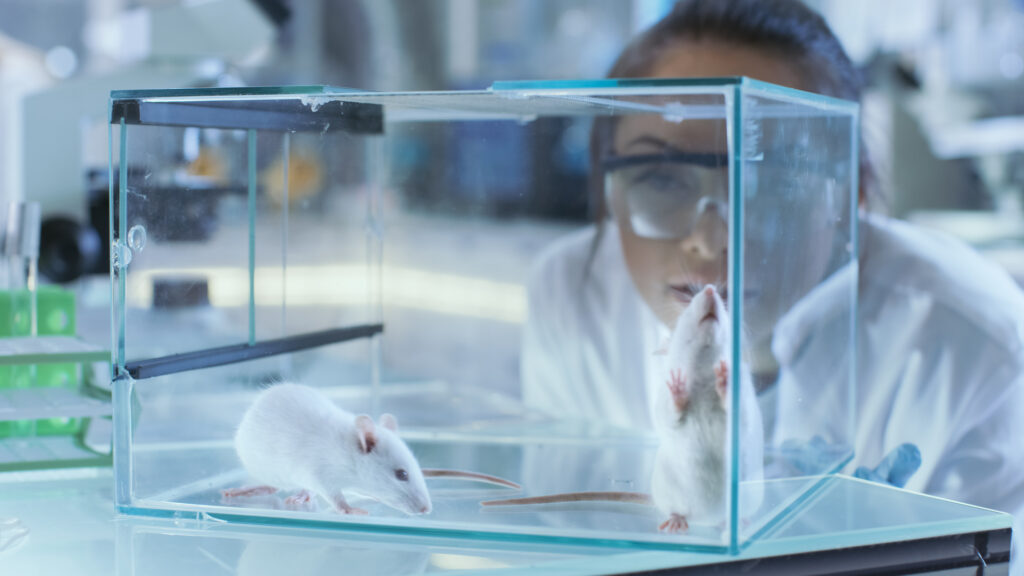On February 28, 2013, a team of scientists set out to conduct an unprecedented experiment – connecting the brains of two rats together in order to bridge the gap between biology and technology. This experiment was part of a larger project aiming to explore the potential for direct communication between two living creatures using neurons and implantable electrode devices.
A Gateway Into Neural Communication
Developed by a joint effort between Harvard Medical School and MIT, this project was designed to explore the concept of 'neural coupling,' which is the idea that it may be possible for two brains to communicate directly with one another without any intervention from external sources. The goal of this experiment was to measure how much information could be transferred between two animals through their neural networks as well as analyze the details of how this information was being processed.
Implications for Neuroscience
The results of this experiment were incredibly promising, showing that it is indeed possible for two rats to share information through their connected brains. This has many implications for neuroscience research, such as providing further evidence about how our brains process information or even helping us understand the potential for direct communication between humans in the future. It could also lead to new treatments for neurological disorders such as stroke or Alzheimer's disease, among other possibilities.
Leveraging Technology To Further Understanding
The success of this experiment has inspired further research into brain-to-brain interfaces as scientists strive to better understand how our brains work and what capabilities they have. Neuroscientists are now actively looking into ways they can leverage technology, like wearable devices or artificial intelligence to enhance our understanding and help us better diagnose and treat neurological conditions. As more studies are done on these topics, we may eventually unlock some incredible capabilities that could benefit mankind in unimaginable ways.

